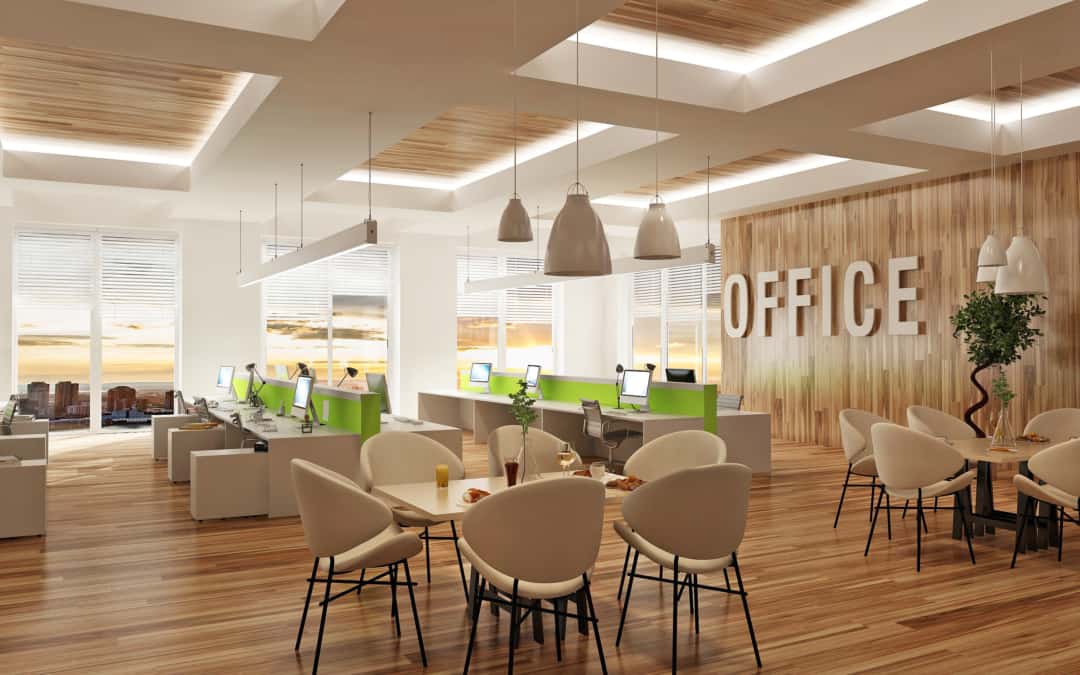A hybrid office is one that offers employees both remote-work and in-person work schedule. Therefore, the office space itself requires furniture that supports flexibility, collaboration, and individual productivity. Here are furniture options that work well in a hybrid office:
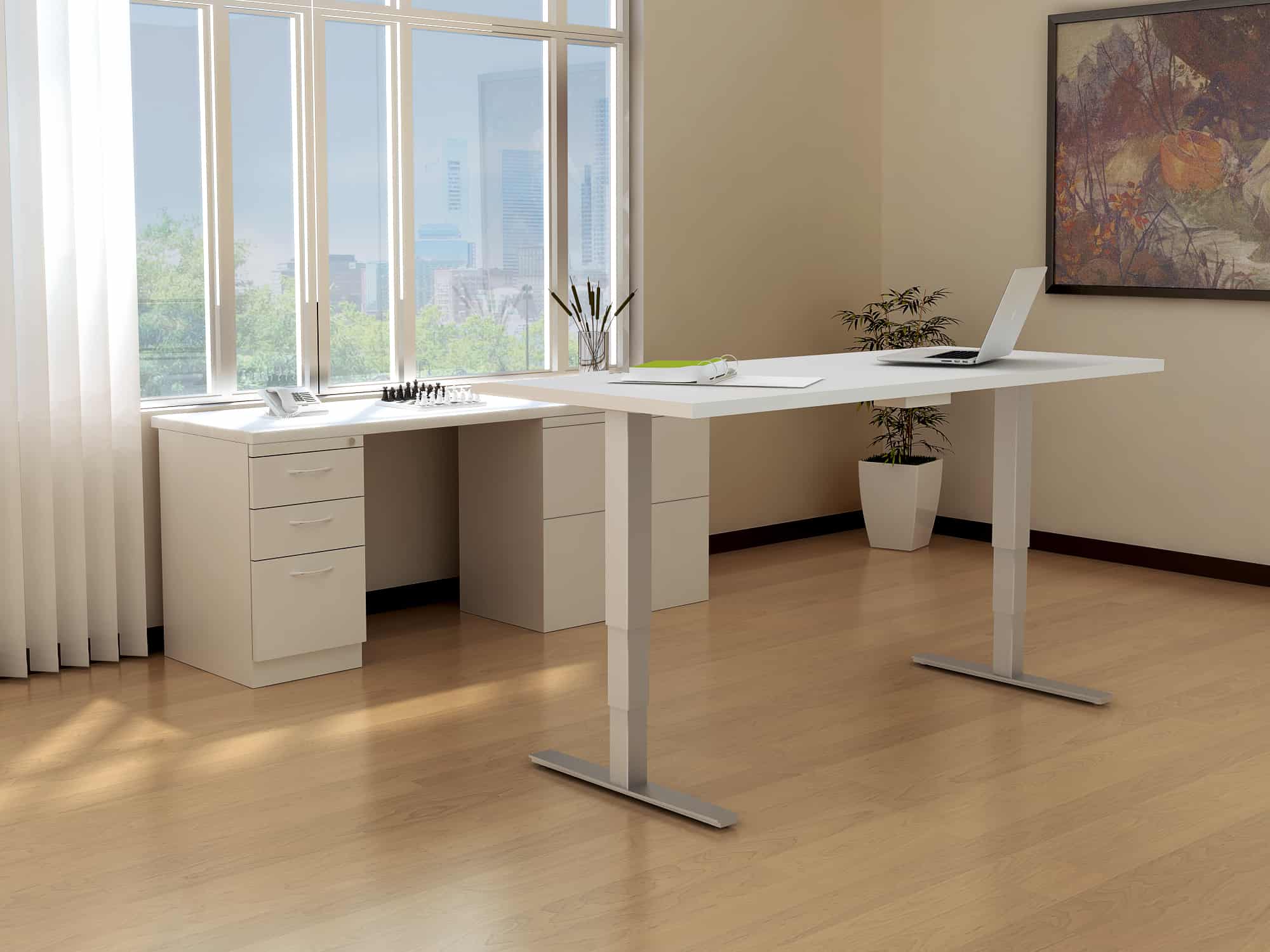
Adjustable-Height Desks:
Adjustable-height desks allow employees to switch between sitting and standing positions, promoting movement and reducing the negative effects of prolonged sitting. Look for desks that are easy to adjust and that can accommodate different user heights.
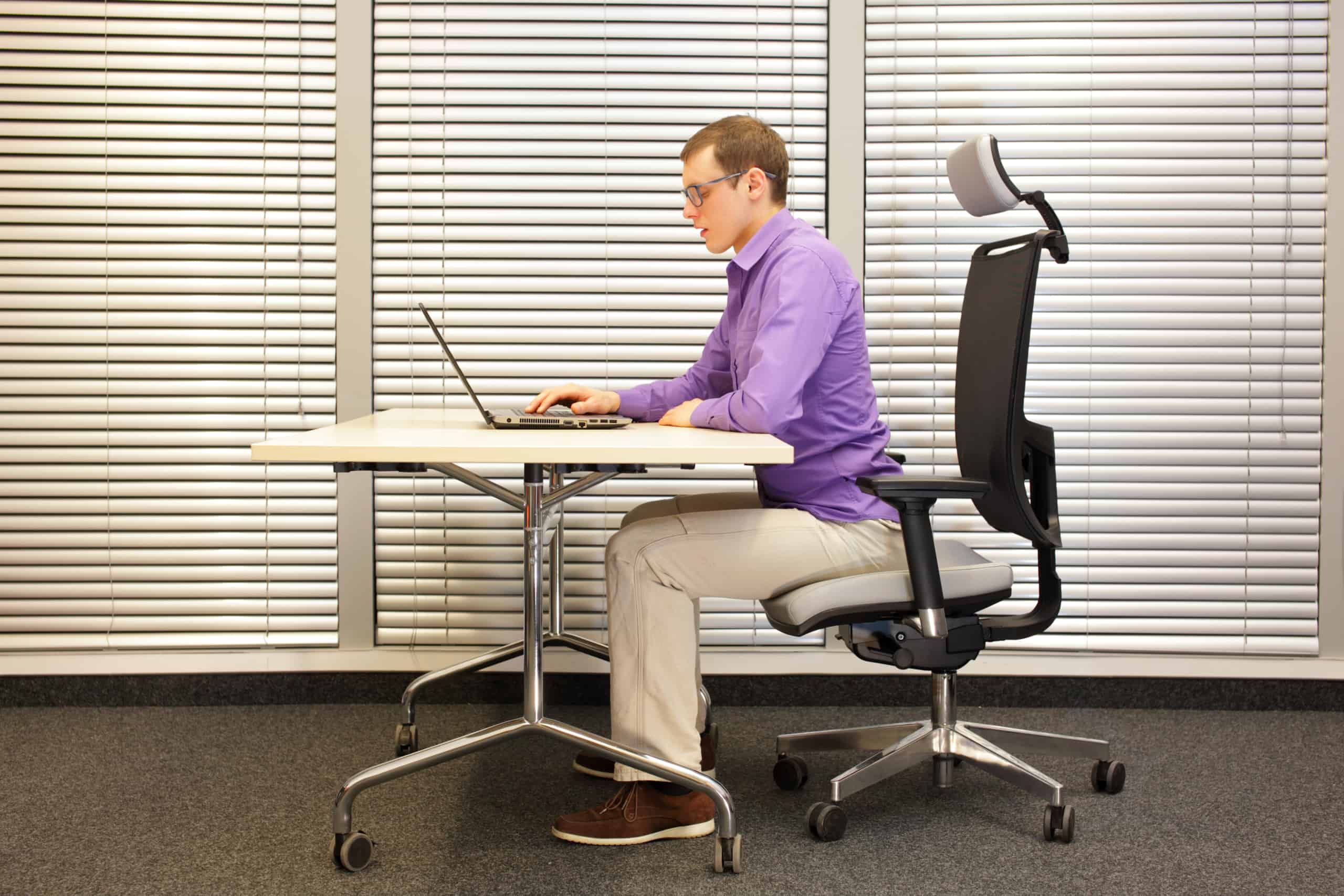
Mobile Workstations:
Mobile workstations, such as rolling desks or portable laptop carts, provide flexibility for employees who want to work in various areas of the office or even at home. These mobile options allow for easy transitions between different work environments.
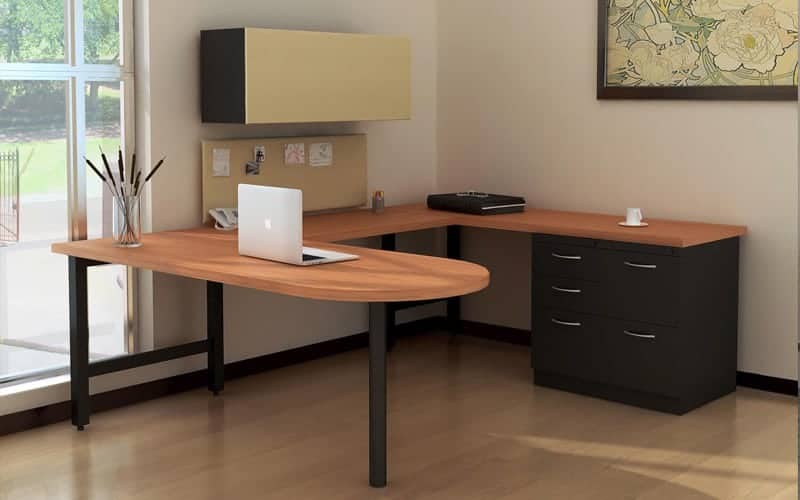
Modular Furniture:
Modular furniture systems offer versatility and adaptability in a hybrid office. They can be rearranged and reconfigured to create different layouts and accommodate changing needs. Modular desks, shelving units, and seating options provide flexibility for collaborative work or individual focus.
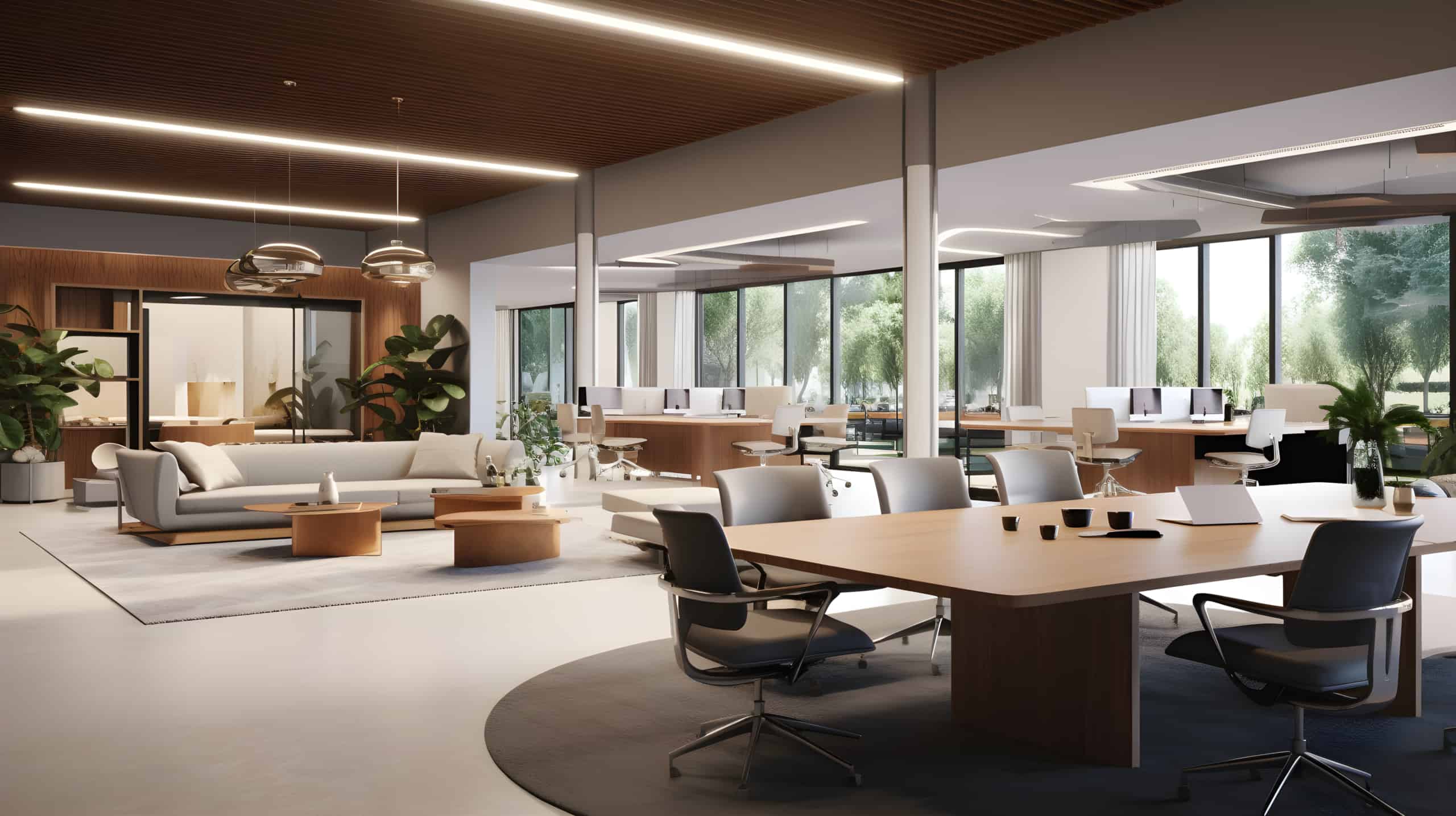
Collaborative Furniture:
Consider furniture that encourages collaboration and teamwork, such as modular seating arrangements, lounge areas, and communal tables. These arrangements can facilitate impromptu meetings, brainstorming sessions, and casual interactions among employees.
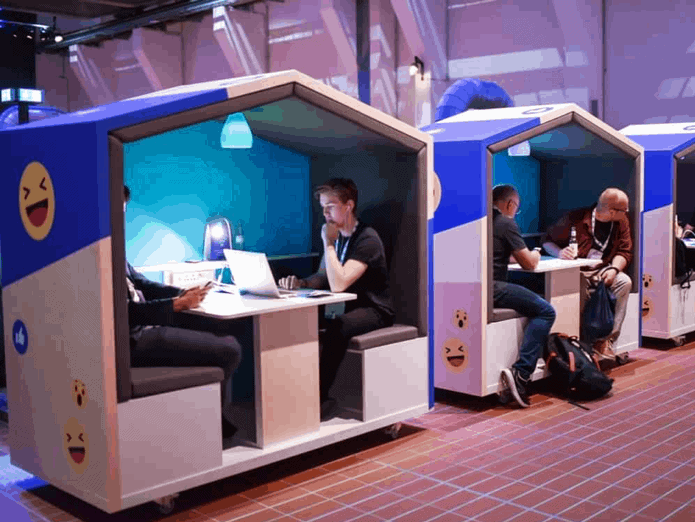
Privacy Pods or Booths:
Privacy pods or booths are designated spaces for employees to complete focused work or hold private conversations. These enclosed spaces help minimize distractions and provide privacy in an open office layout.
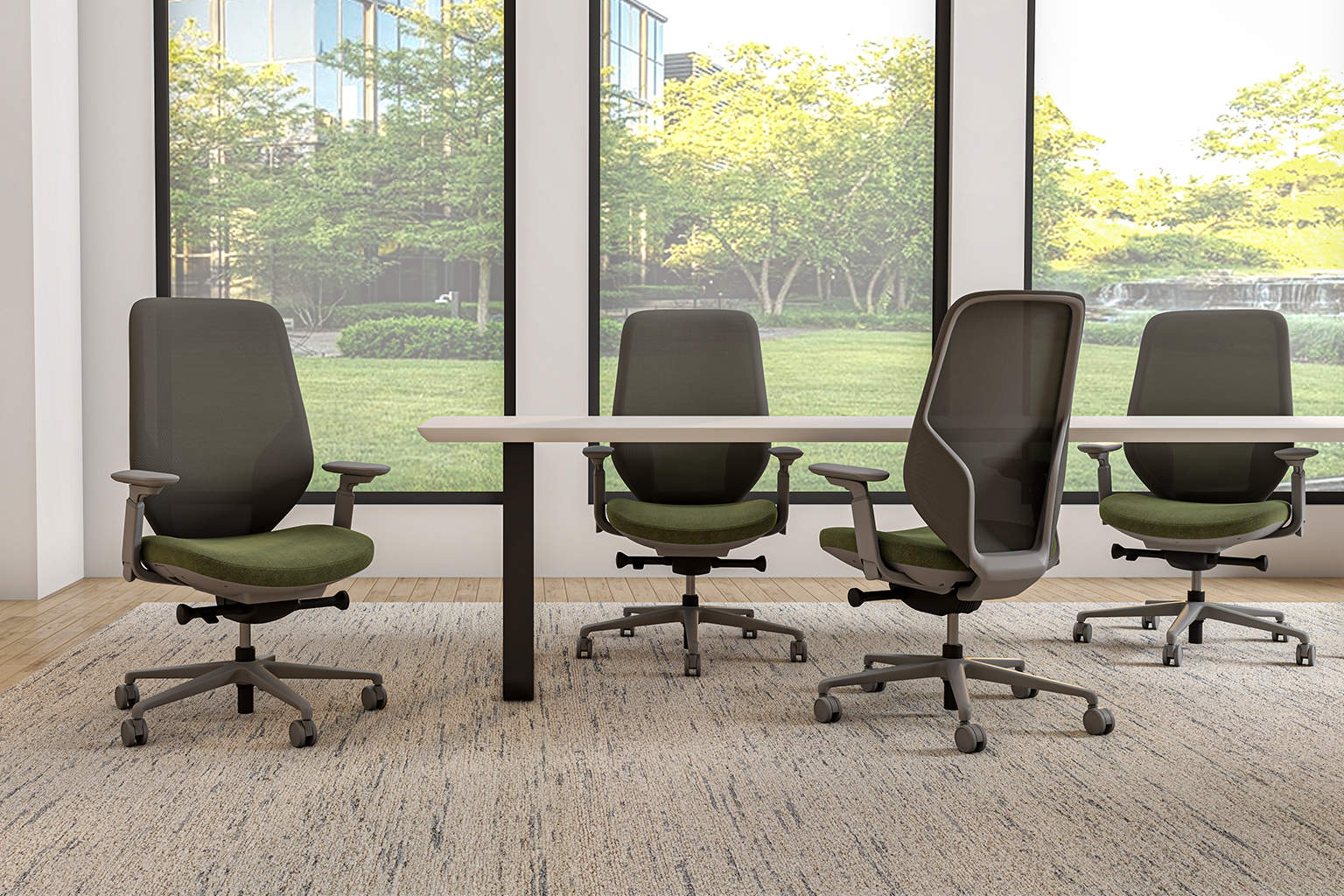
Ergonomic Chairs:
Ergonomic chairs are essential for supporting employee comfort and well-being, especially during long periods of time. Look for chairs with adjustable features, lumbar support, and breathable materials to promote proper posture and reduce the risk of musculoskeletal issues.
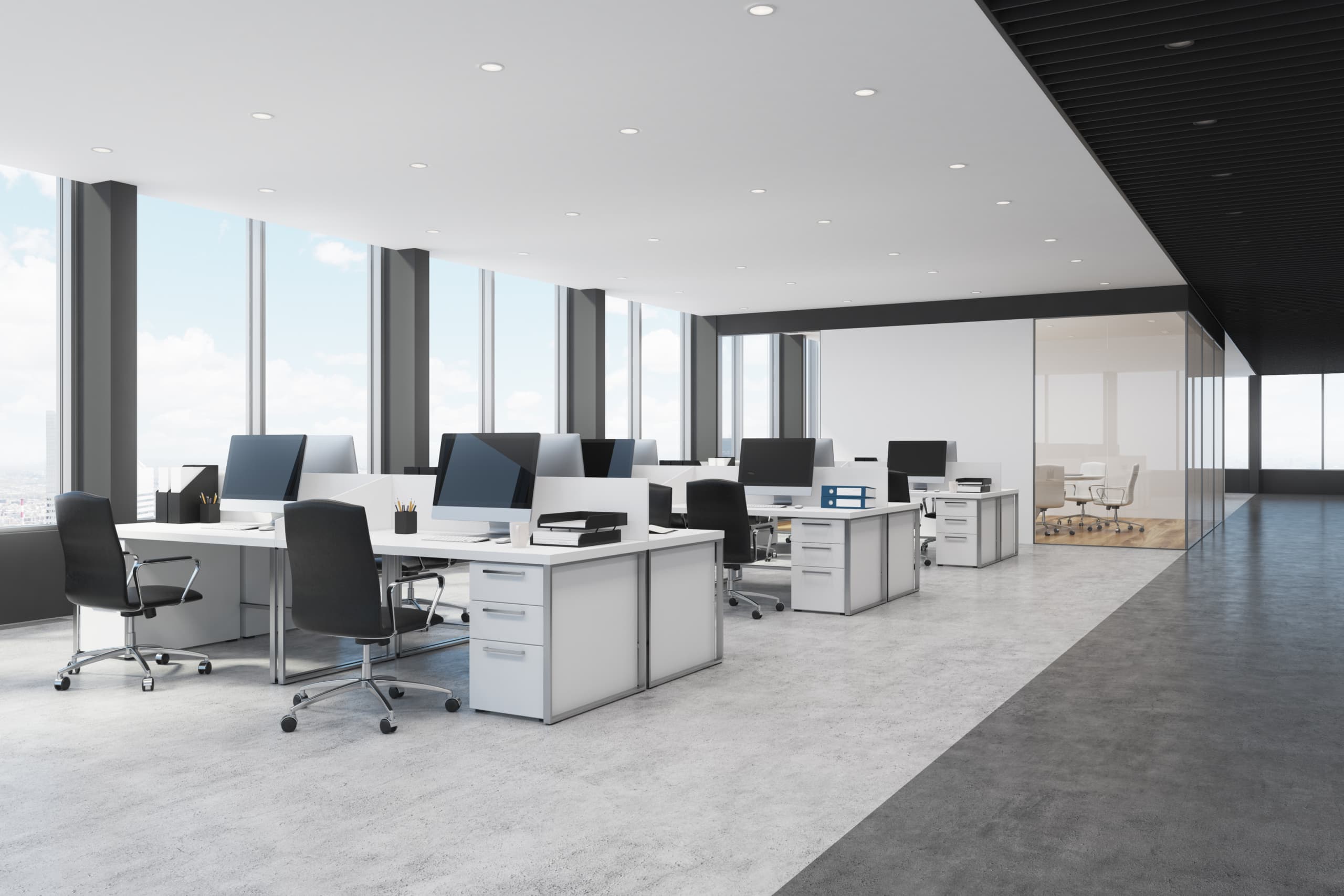
Storage Solutions:
Efficient storage options maintain an organized and clutter-free workspace. Consider storage solutions like filing cabinets, lockers, and mobile storage units to accommodate both physical and digital materials.

Flexible Seating:
Incorporate flexible seating options like stools, bean bags, or ottomans to provide alternative seating choices for employees. These seating options can be moved and adapted easily to suit different work styles and preferences.
Technology Integration:
Ensure that the furniture supports technology integration with features like built-in charging ports, cable-management systems, and adjustable monitor arms. These features allow employees to connect and use their devices easily in different areas of the office.
Acoustic Solutions:
Incorporate furniture with acoustic properties, such as sound-absorbing panels or partitions, to create quieter and more private areas within the office. Acoustic solutions help reduce noise distraction and provide a more focused work environment.

Remember to consider the specific needs and work styles of your employees when you are selecting furniture for a hybrid office. Prioritize flexibility, adaptability, and employee well-being to create a comfortable and productive work environment.

